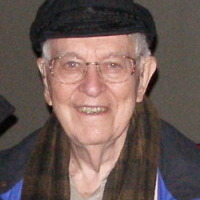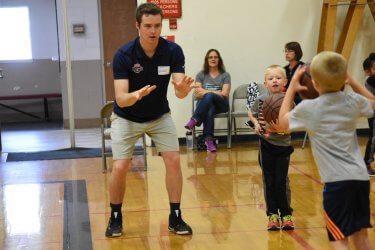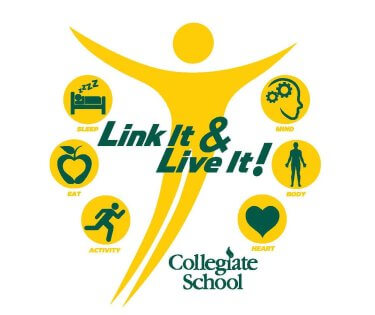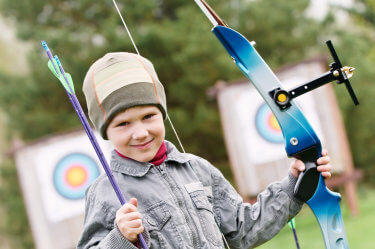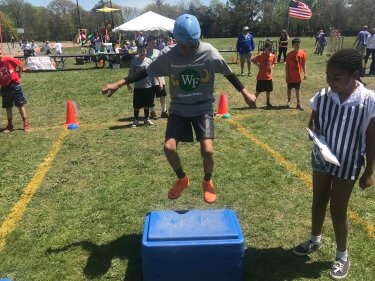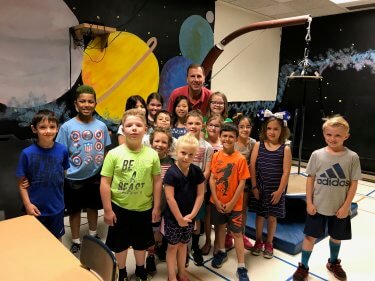Last month the world of physical and health education lost one of its most imaginative and inspirational leaders. Dr. Earle Zeigler passed away, aged 99.
I first became acquainted with Earle early on in my own professional career. Earle distinguished himself for at least two noteworthy reasons. First, because of his unexpectedly diverse educational background (read below), he brought an incomparable breadth and depth of knowledge to discussions and debate about physical and health education and sport issues. Second, at professional meetings Earle was instantly recognizable among his suited peers as the man in the cap and vividly decorated wool sweater. Earle Zeigler through his writings, leadership, and unique dress sense always stood out from the crowd!
Regrettably, over the years I didn’t get to know Earle well, but did connect with him via email a few years ago. I asked him if he’d like to share something with PHE America readers. Almost instantly, he responded (he was 96 at the time!), with an essay entitled, “Creating Positive Values Through the Promotion of Physical Activity Education.” He also proceeded to send me links to electronic copies of several of his books. Then just over a year ago I reconnected, this time with a request for him to share thoughts about where the professions should be headed in the future. Again, he was quickly back in touch with an essay entitled, “What Should the Field of Physical Activity Education Promote in the 21st Century?”
